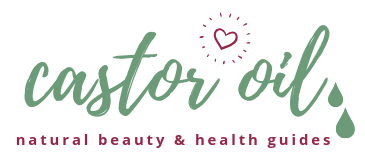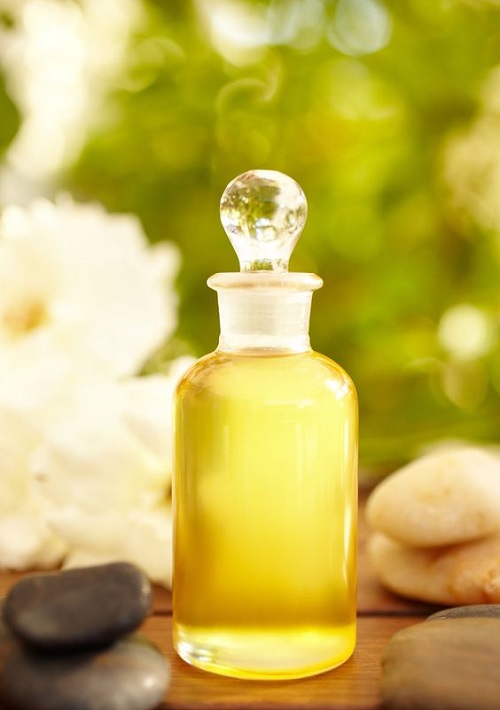Tap into the magical benefits of using Castor Oil for Sinus Headaches and harness the true potential of this natural remedy!
Is Castor Oil for Sinus Headaches, infections, or migraines effective? As an increasingly popular natural remedy, castor oil is earning its place as a viable alternative to conventional medications for sinus and headache relief. While it may initially sound unusual, castor oil’s unique properties make it an attractive option for those seeking natural therapies.
Is Castor Oil Good for Sinus Infection?
Castor oil is renowned for its diverse health and beauty applications. Specifically, its role in alleviating headaches, sinus congestion, and migraines stems from its inherent anti-inflammatory and analgesic properties. If you’ve been routinely reaching for over-the-counter headache pills, consider this natural remedy for a complementary treatment.
Benefits of Castor Oil for Sinus Headache
Using Castor Oil for Congestion can be an effective remedy, considering its potential benefits:
1. Anti-Inflammatory Properties
Castor oil is rich in ricinoleic acid, a fatty acid with strong anti-inflammatory capabilities. When applied topically around the sinus regions, such as the forehead and the bridge of the nose, castor oil can directly target inflamed tissues.
This targeted relief will help reduce the sinus pressure contributing to headaches, offering a non-pharmacological option for symptom management.
2. Improved Blood Circulation
The topical application of castor oil improves local blood circulation. Enhanced blood flow in the sinus areas may assist in quicker drainage of mucus, relieving pressure and, consequently, the headache.
3. Natural Moisturizer
Dry air can aggravate sinus issues. Castor oil acts as a natural barrier, keeping the mucous membranes lining your sinuses moist. By maintaining moisture, it can help prevent the dryness and irritation that can aggravate sinus headaches, offering a protective measure against environmental triggers.
4. Antibacterial and Antifungal Benefits
Sinus infections often accompany or exacerbate sinus headaches. Castor oil has natural antibacterial and antifungal properties that may aid in combating microbial growth in the sinus cavities.
How to Use Castor Oil for Sinus Headache?
You can massage your forehead with warm castor oil to soothe mild and sinus headaches. Massaging with warm castor oil is great for relieving mild aches and pains because of castor oil’s anti-inflammatory properties. Follow the steps here:
- Heat a small amount of castor oil in a microwave-safe bowl for about 20-30 seconds. Ensure the oil is warm, not hot, to avoid skin burns.
- Apply a small amount on your wrist and wait for 30 minutes to rule out any allergic reactions.
- Use clean fingers or a cotton ball to apply the warmed castor oil gently on the forehead, temples, and the bridge of the nose.
- Perform a gentle massage in a circular motion to help the oil penetrate and improve blood circulation in the affected sinus areas.
- Optionally, you can soak a clean cloth in warm castor oil and place it over the forehead and nose. Leave it on for 20-30 minutes.
- Wash off the castor oil after application using lukewarm water and mild soap.
How to Relieve Sinus Pressure Using Castor Oil?

Here is a step-by-step guide to opening your sinuses:
- Place your two index fingers in the middle of your upper lip (under the nose).
- Press firmly and slowly move outwards.
- Breathe in deeply and press your fingers upwards. Follow your natural nose line.
- Continue to press firmly as you follow the natural curve of your nose and eyebrows.
- Once at the ends of your eyebrows, breathe out while pressing fingers downward (alongside temples).
- Repeat several times. You can also tap your forehead lightly to open nasal passages.
Precautions to Follow
- Before starting any new treatment, including castor oil, consult a healthcare provider, especially if you are pregnant, nursing, or have a pre-existing medical condition.
- Always perform a patch test to rule out allergic reactions before fully applying the oil.
- Be cautious not to get castor oil in your eyes; if this happens, rinse thoroughly with water.
- Opt for organic, cold-pressed castor oil to ensure purity and maximum effectiveness.
Key Takeaways
With anti-inflammatory ricinoleic acid, castor oil may offer relief from sinus headaches by reducing inflammation and improving blood circulation. The oil also serves as a natural moisturizer, potentially easing dryness-induced aggravation of sinus headaches.
However, castor oil should not be a substitute for medical treatment and should be used as a complementary remedy. Always consult a healthcare provider for a more efficient treatment plan.




